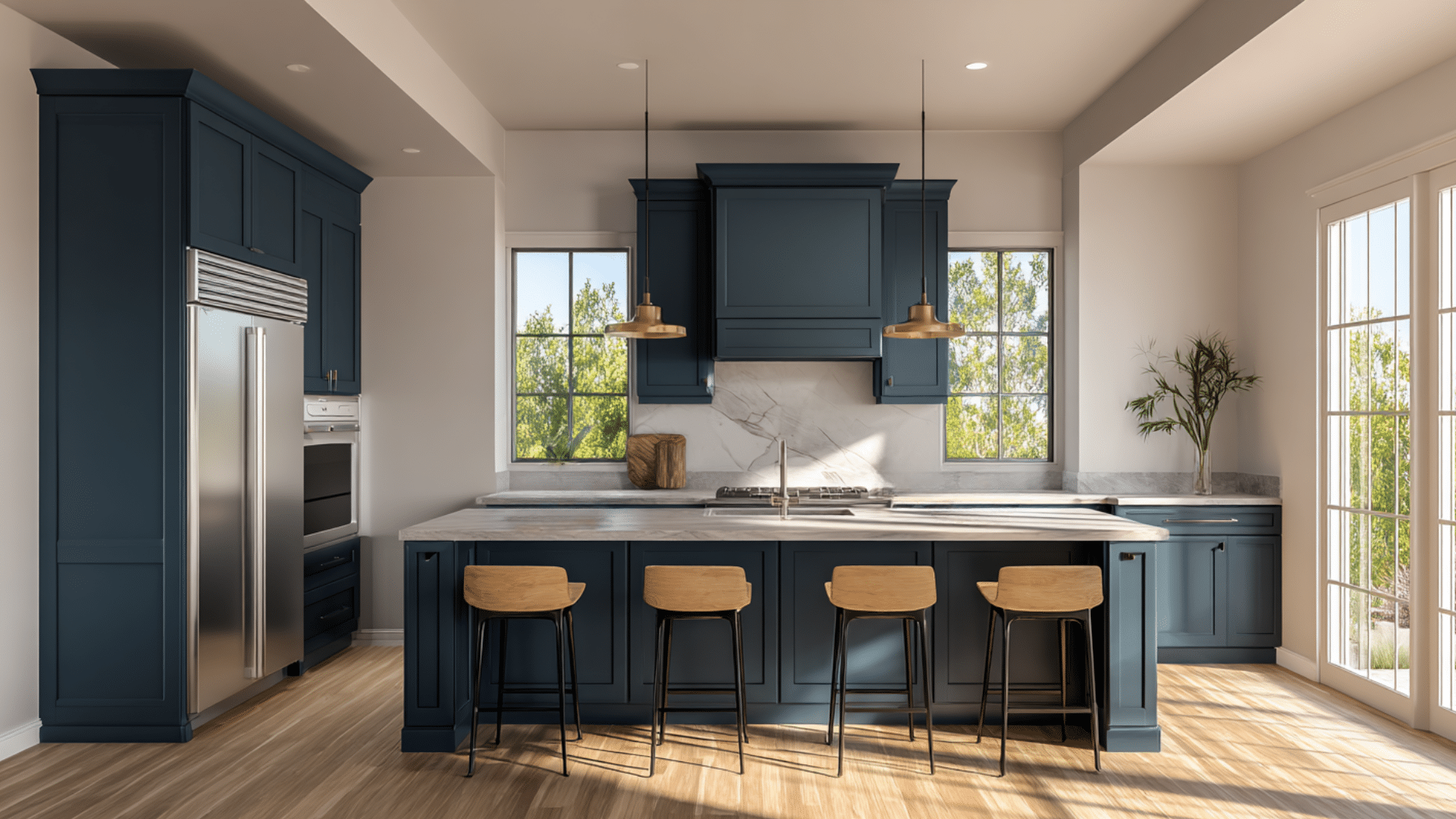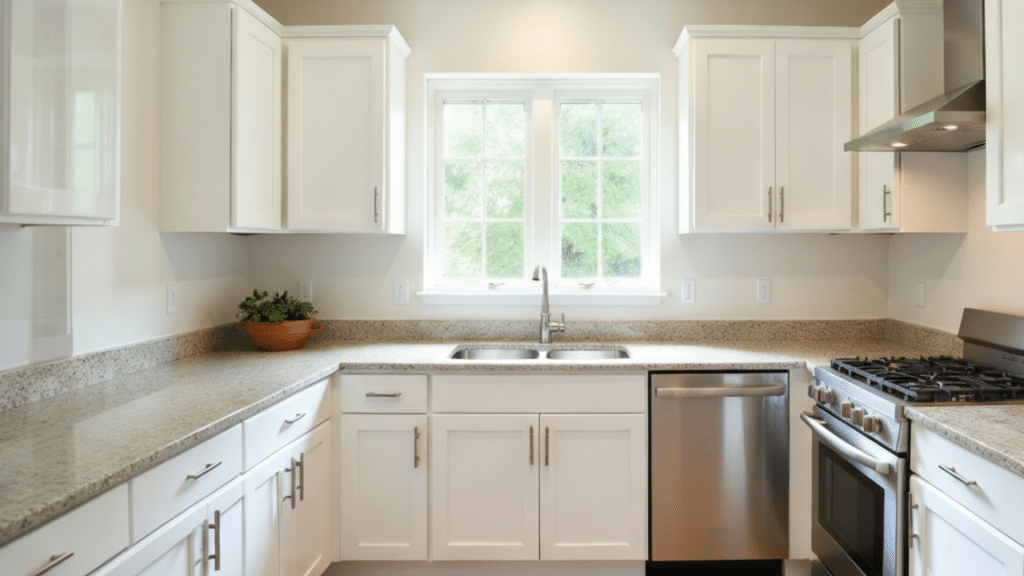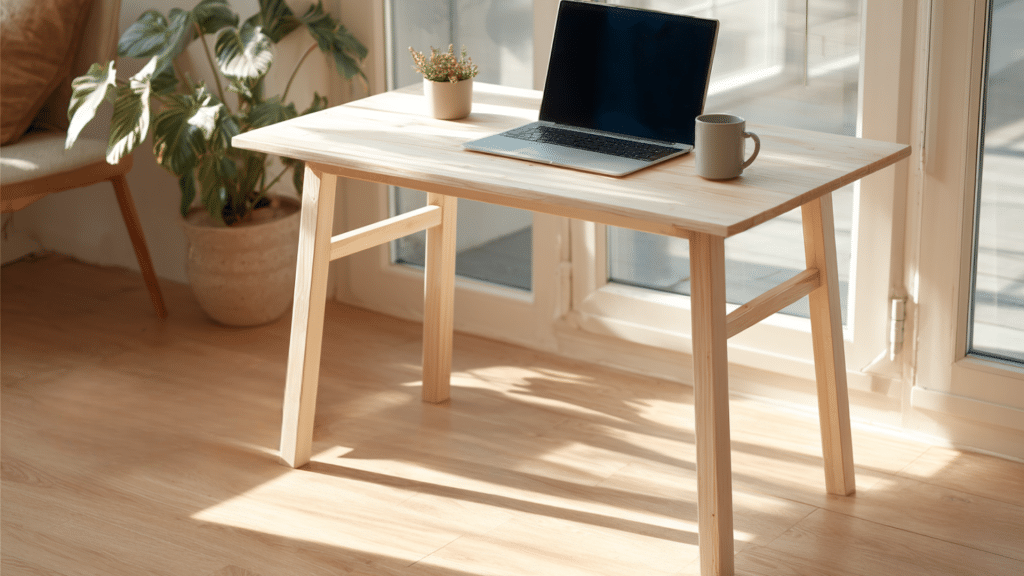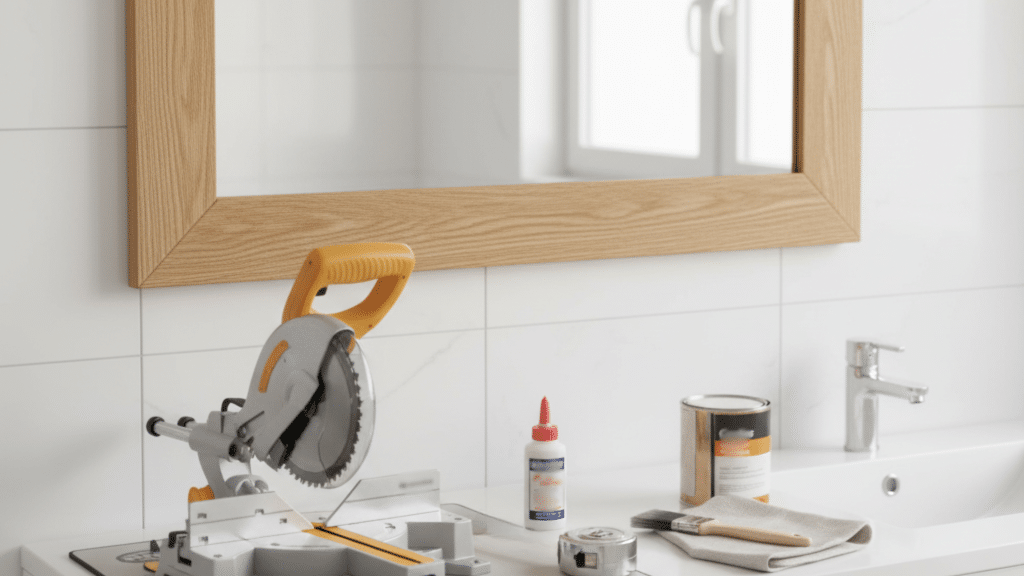Ever noticed that boxed section above your kitchen cabinets? That’s your kitchen soffit, a feature many homeowners debate keeping or removing.
If you’re planning a kitchen remodel, you’re probably wondering: Should I keep it or tear it out?
The answer depends on what’s hidden inside, your budget, and your renovation goals.
In this blog, you’ll find what kitchen soffits do, what happens when you remove them, the removal process, and the costs involved, so you can make the right call for your space.
What’s Inside a Kitchen Soffit and Why it Matters Before Removal
A soffit is the boxed section of a wall or ceiling found above upper cabinets. It usually fills the gap between the top of the cabinets and the ceiling.
Many soffits aren’t empty; they often conceal important components, such as electrical wiring, plumbing lines, or air ducts.
Builders used them to keep these parts out of sight while keeping the kitchen neat.
Removing a soffit isn’t always as simple as it looks. If you tear into it without checking, you might end up with costly repairs or rerouting work.
The smart decision is to inspect first or have a contractor open a small section to take a look inside.
Knowing what you’re dealing with helps you plan the project safely and avoid any unpleasant surprises later.
Can You Remove a Kitchen’s Soffit?
Yes, you can remove a soffit kitchen, but only if it doesn’t hide anything essential.
The first step is to find out what’s inside. If it’s just empty framing, removal is usually easy. But if it contains vents, pipes, or wiring, things get trickier and more expensive.
In that case, you’ll need a contractor to reroute or conceal those parts elsewhere. Also, check if your project needs a permit, especially if electrical or plumbing work is involved.
With proper inspection and planning, you can safely remove a soffit and open up your kitchen space
The Process and Cost of Removing a Kitchen Soffit
Removing a soffit can completely turn the feel of your kitchen, making it brighter and more open.
However, before starting, it’s essential to know both the process and the associated costs.
Budgeting for Kitchen Soffit Removal
| Expense | Average Cost (USD) | Details |
|---|---|---|
| Initial Inspection | $100 – $300 | Checking the hidden wiring, ducts, or plumbing |
| Labor (Demolition + Cleanup) | $400 – $800 | Removing drywall, framing, and debris disposal. |
| Rerouting Utilities (if needed) | $500 – $2,000 | Cost varies depending on what’s inside the soffit. |
| Ceiling and Wall Repairs | $300 – $700 | Includes patching, sanding, and repainting. |
| Finishing and Painting | $150 – $400 | Adds a polished look once repairs are done. |
Total Estimated Cost: $1,000 – $3,500, depending on size, structure, and complexity.
Disclaimer: Costs may vary depending on location, soffit size, and the contents inside.
Step-by-Step Process
Step 1. Inspection and Planning
Begin by examining the contents of the soffit. A contractor may cut a small hole to check for wires or pipes. This step helps you avoid surprise costs and ensures safe removal planning.
Step 2. Disconnect or Reroute Utilities
If electrical lines, vents, or plumbing are found, they’ll need to be rerouted before demolition. This work should always be handled by licensed professionals to prevent potential damage or safety hazards.
Step 3. Remove Drywall and Framing
Once cleared, the drywall is carefully cut and removed. The wood framing underneath is then taken down piece by piece. Proper safety gear and dust protection make this stage much cleaner and safer.
Step 4. Repair and Finish the Ceiling
After demolition, patch any holes or uneven areas in the ceiling and walls. Apply new drywall where needed, sand it smooth, and prepare the surface for painting or further upgrades.
Step 5. Paint and Final Touches
Finish the space by repainting the ceiling and blending it with the rest of your kitchen. If cabinets were adjusted, reinstall or refinish them for a clean look.
How Removing a Soffit Affects Your Cabinets and Design
Taking out a soffit can make your space feel taller and more open, but it also changes how your cabinets fit. Without the soffit, there’s extra space above cabinets, allowing taller ones to reach the ceiling or open shelves for display.
This not only increases storage but also gives your kitchen a more modern, continuous look.
However, if you’re keeping your existing cabinets, you might need to patch or repaint the wall area the soffit once covered.
Adding crown molding or trim can help blend the transition smoothly, making everything look intentional and well-finished after the removal.
Pros and Cons
| Pros | Cons |
|---|---|
| Hides pipes, wires, and vents | Reduces cabinet height |
| Easy for builders to install | Makes the kitchen look smaller |
| Saves money during construction | Limits modern design updates |
| Can be painted or decorated | Wastes potential storage space |
| Helps align upper cabinets | May contain costly utilities to move |
Kitchen Soffit Design and Remodeling Ideas
Giving your soffit a fresh purpose can completely turn the look and feel of your space. If you choose to keep it or remove it, there are plenty of creative ways to make it work for your style and storage needs.
1. Extend Cabinets to the Ceiling
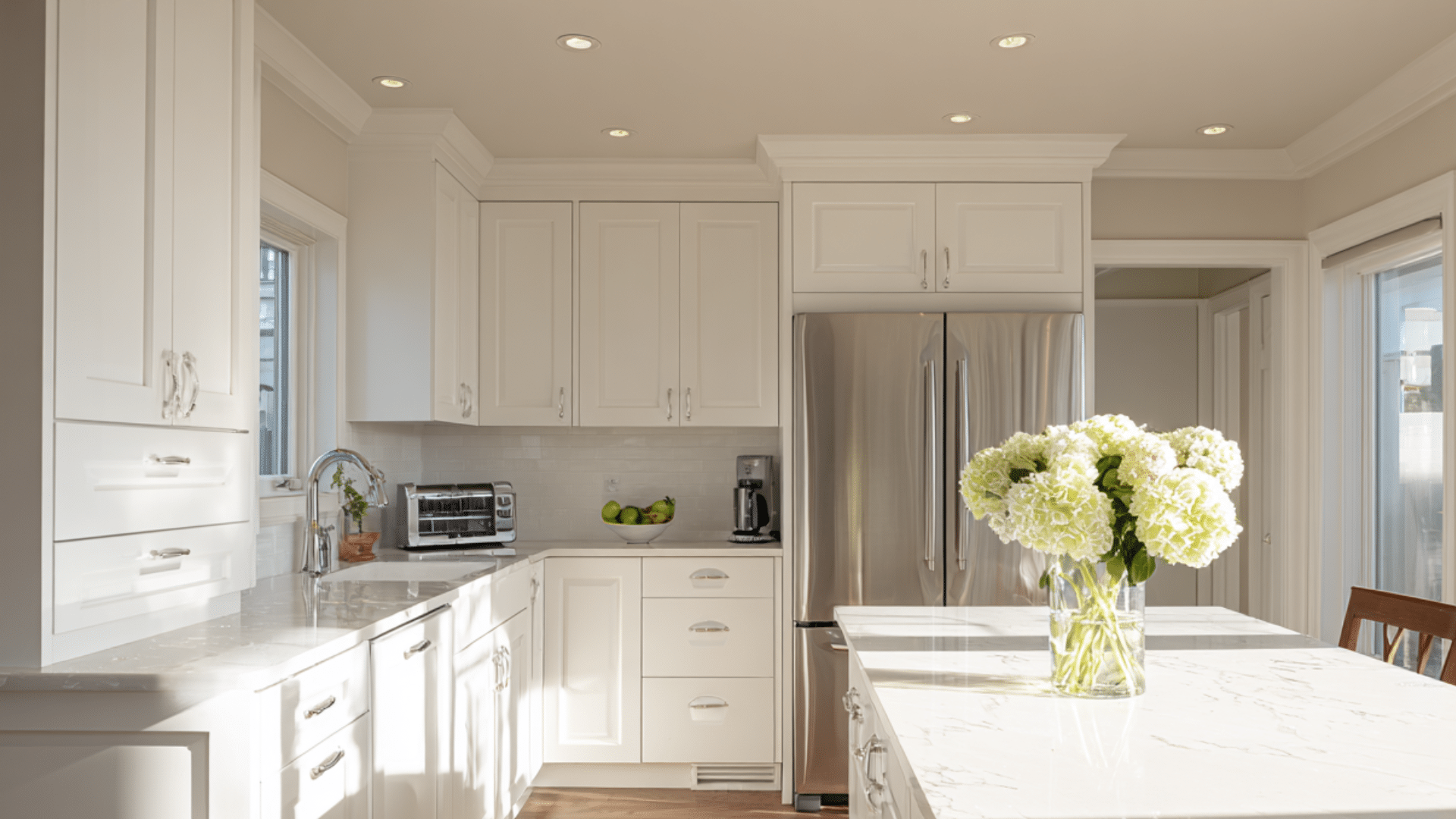
If you remove the soffit, consider adding taller cabinets that reach the ceiling. This maximizes storage and eliminates that unused gap above.
It also gives your kitchen a cleaner, more custom-built appearance without clutter or wasted space.
2. Add Crown Molding for a Polished Look
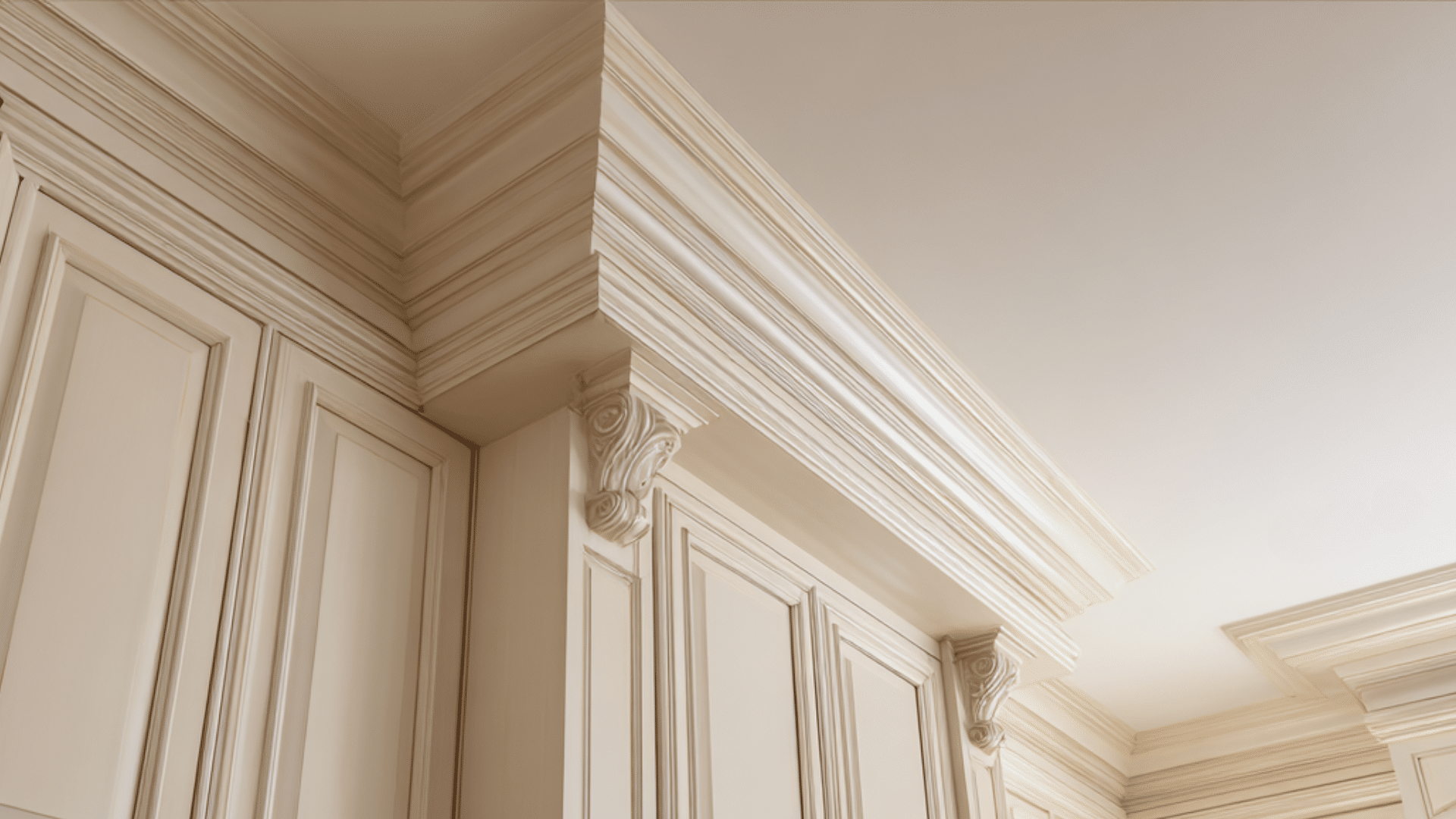
Keep your soffit and frame it with decorative crown molding.
It helps the soffit blend seamlessly with upper cabinets and adds a refined finish. This simple update can make older kitchens look more intentional.
3. Install Hidden LED Strip Lighting
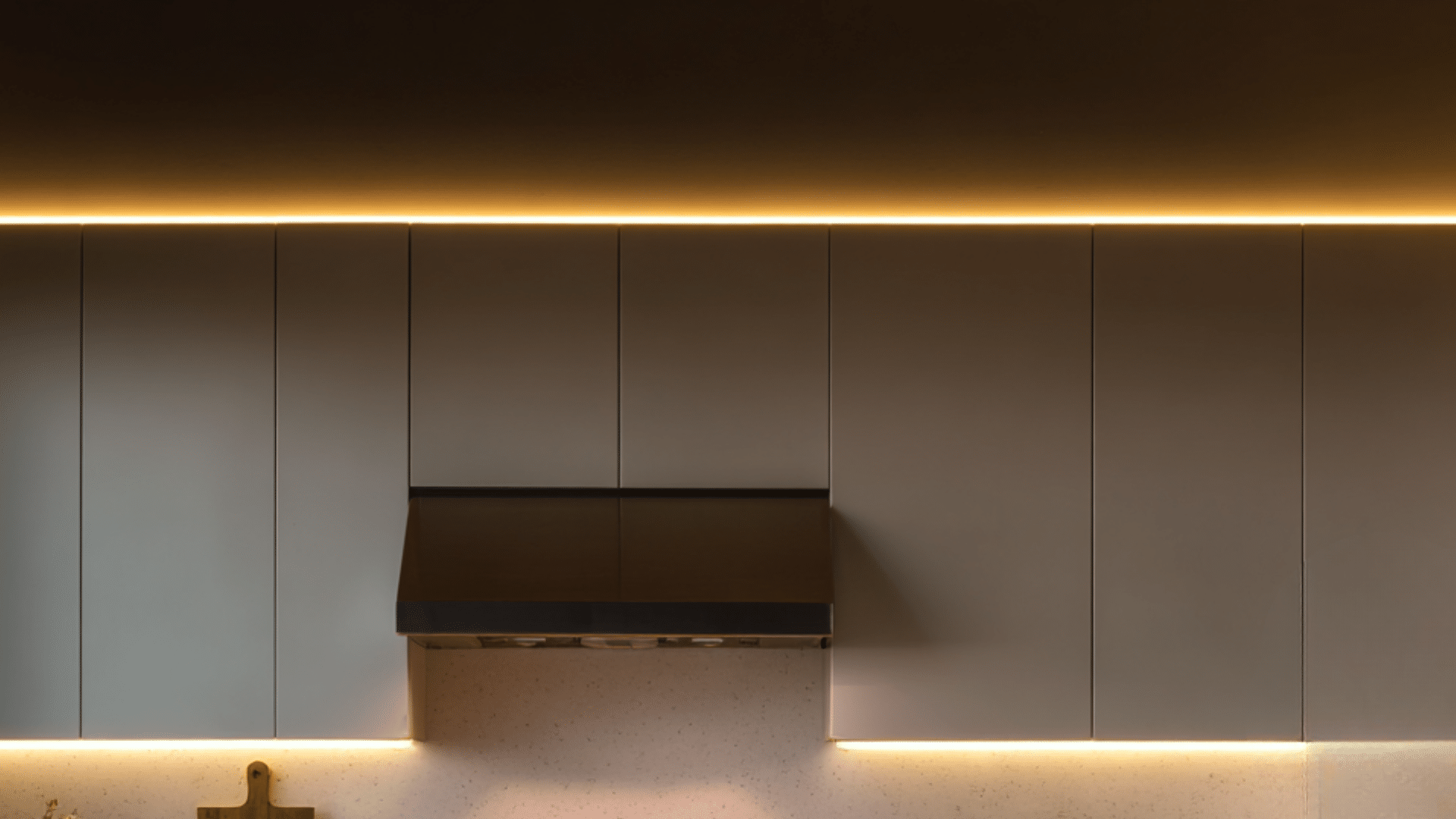
Use LED strips under or along the soffit edge for a soft, indirect light effect. It brightens the workspace and adds a glow during evenings.
This trick makes your kitchen feel more inviting while keeping the lighting subtle.
4. Paint the Soffit to Match the Walls
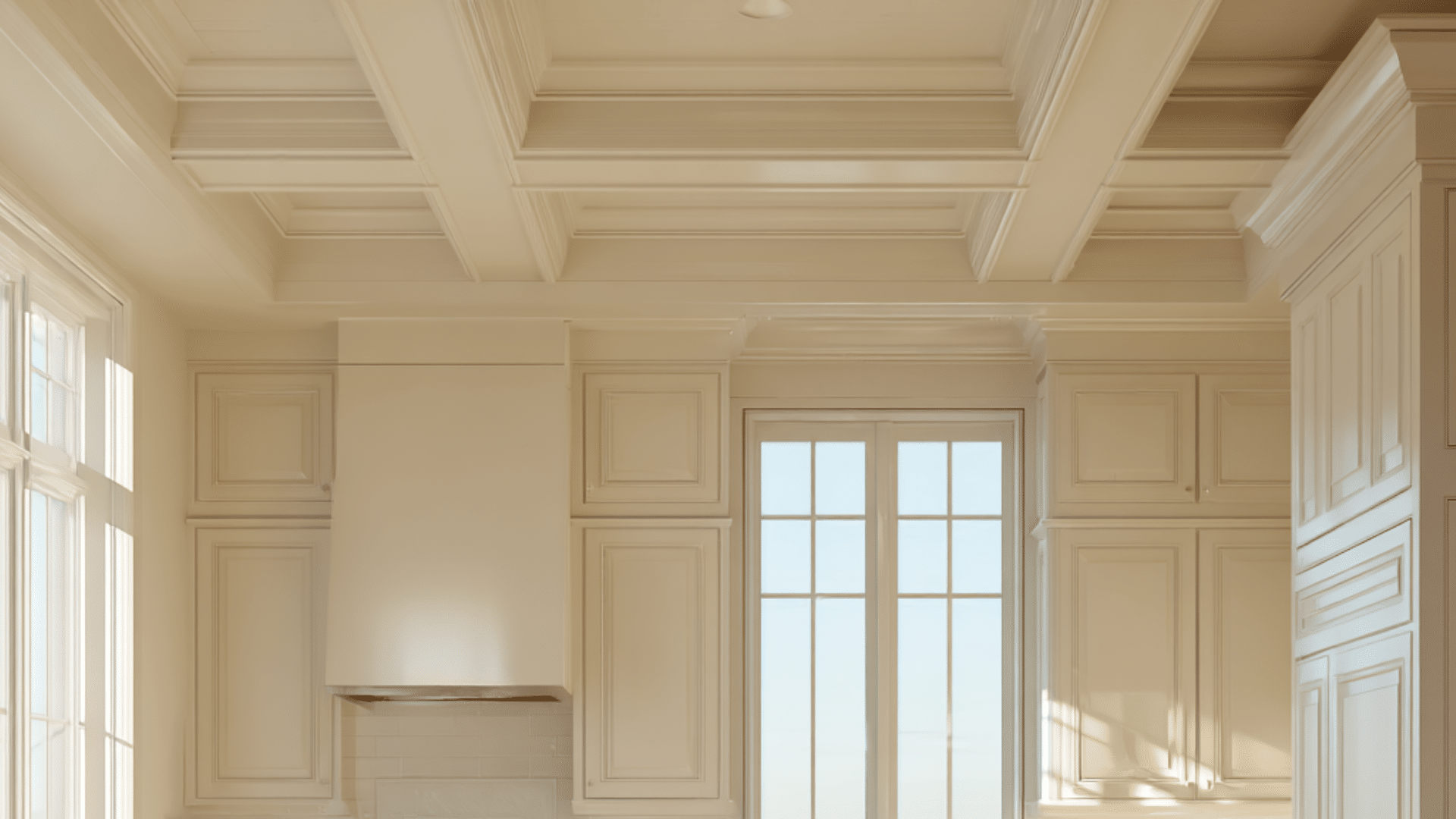
Painting the soffit the same color as your walls creates visual flow. It helps the soffit fade into the background rather than stand out.
Lighter shades also reflect light more effectively, making the kitchen appear more spacious and open.
5. Turn It Into a Decorative Shelf
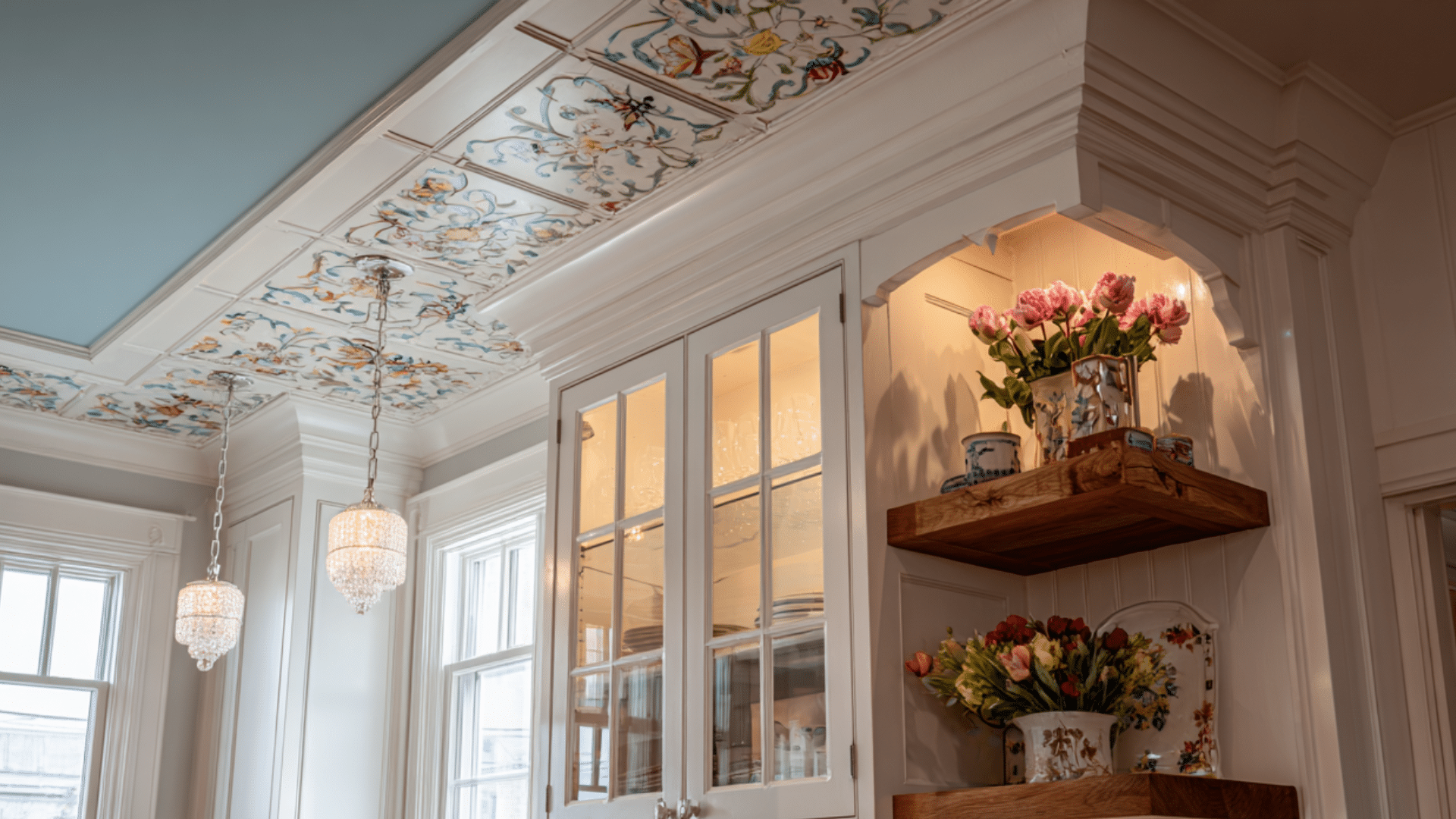
If the soffit is empty, you can convert it into a shallow display shelf. Use it to show off small plants, pottery, or kitchen décor.
This provides the soffit function while maintaining your space’s personality.
6. Use Wood Panels or Shiplap
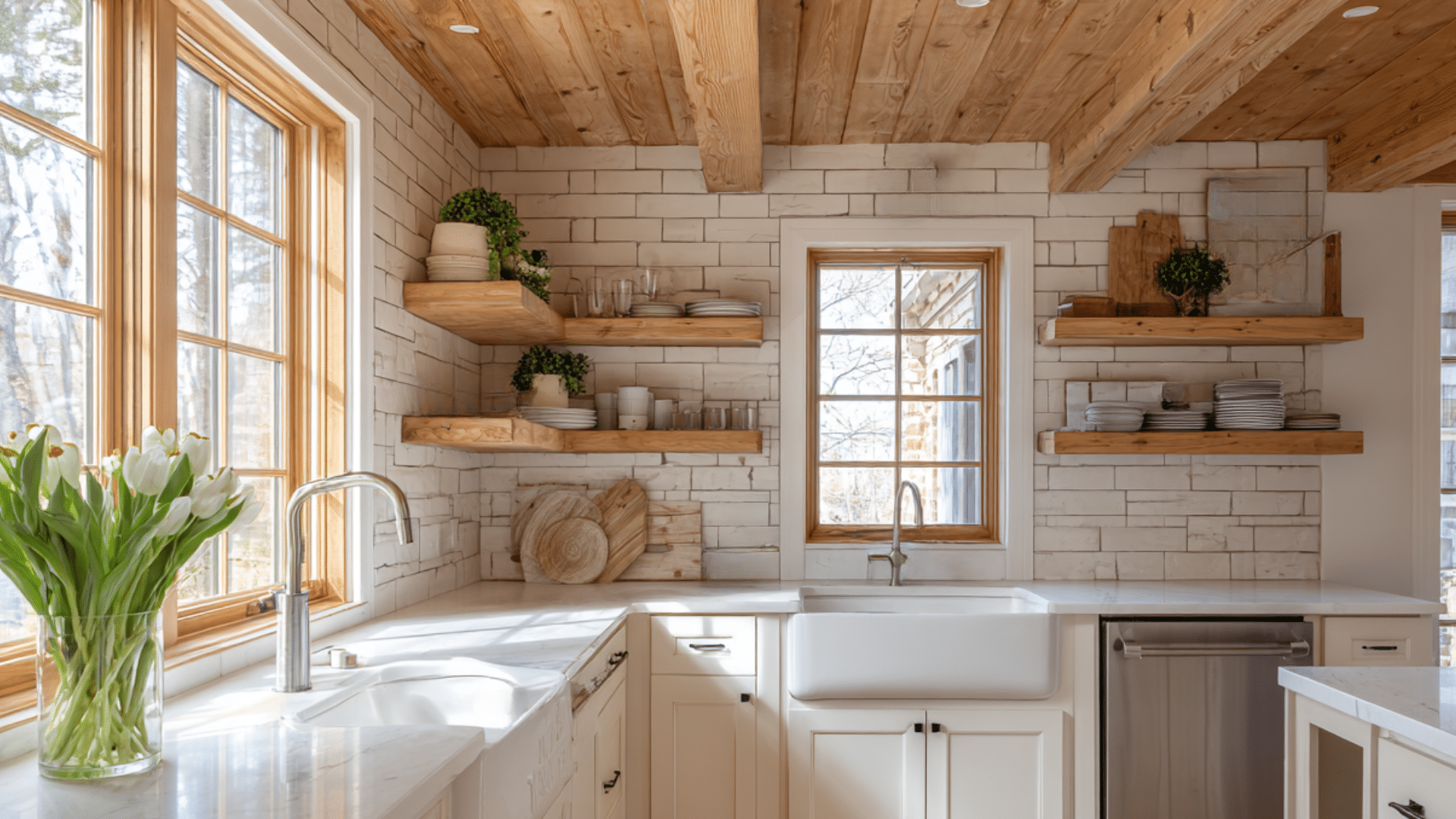
Cover the soffit with wood panels or shiplap for a cozy, rustic feel.
This texture adds calm and pairs beautifully with farmhouse or coastal kitchen styles. It’s a budget-friendly way to characterize without full remodeling.
7. Install Recessed Lights
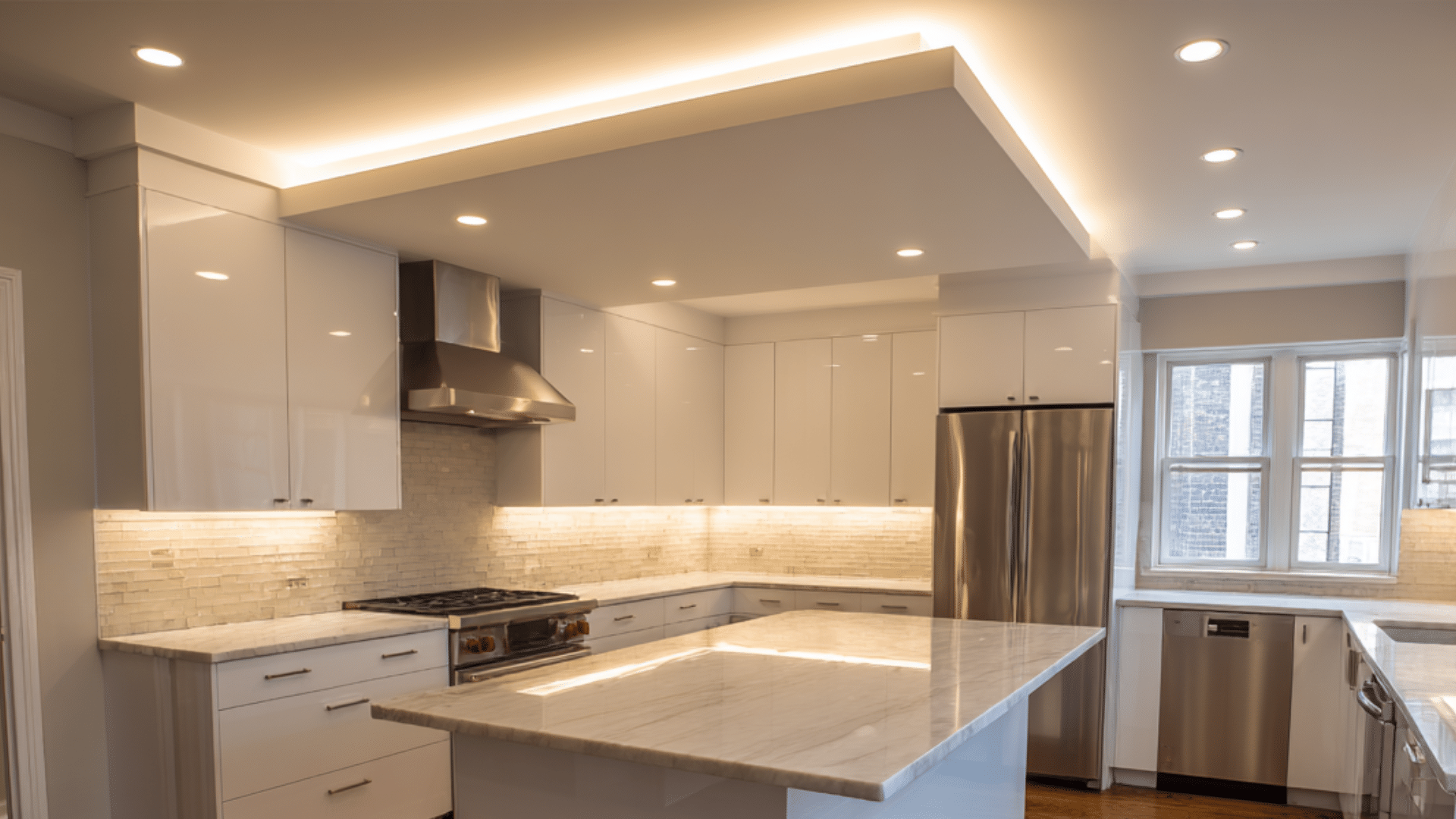
Add recessed lighting inside or just below the soffit to brighten dark corners. This works especially well in older kitchens with low ceilings.
The lighting adds both style and function, improving visibility and look.
8. Add Wallpaper or Patterned Tile
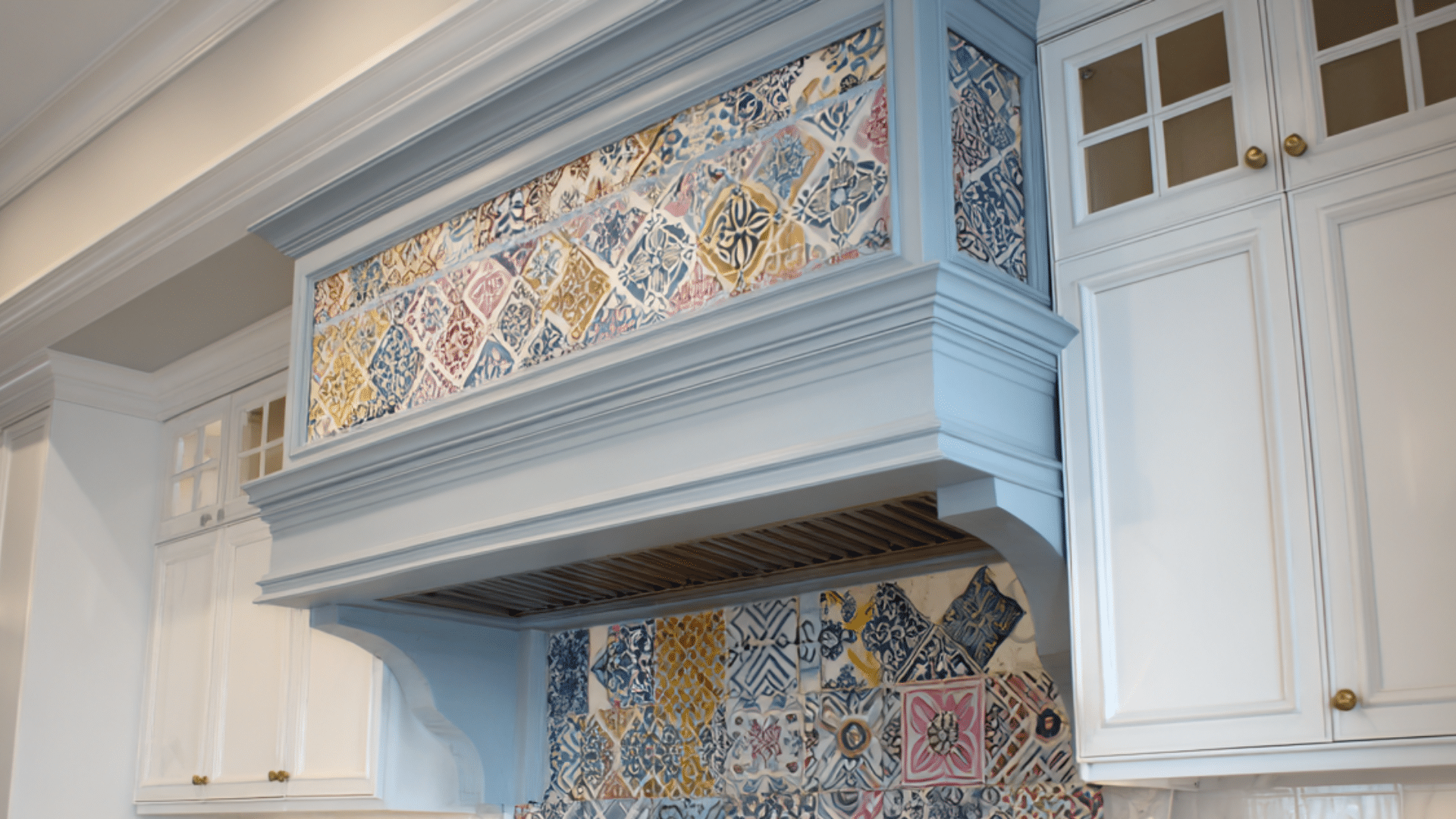
Dress up your soffit with wallpaper or patterned tiles. Choose colors or designs that complement your backsplash or countertop.
It’s a quick update that adds charm and visual interest without major construction.
9. Use the Space for Concealed Venting
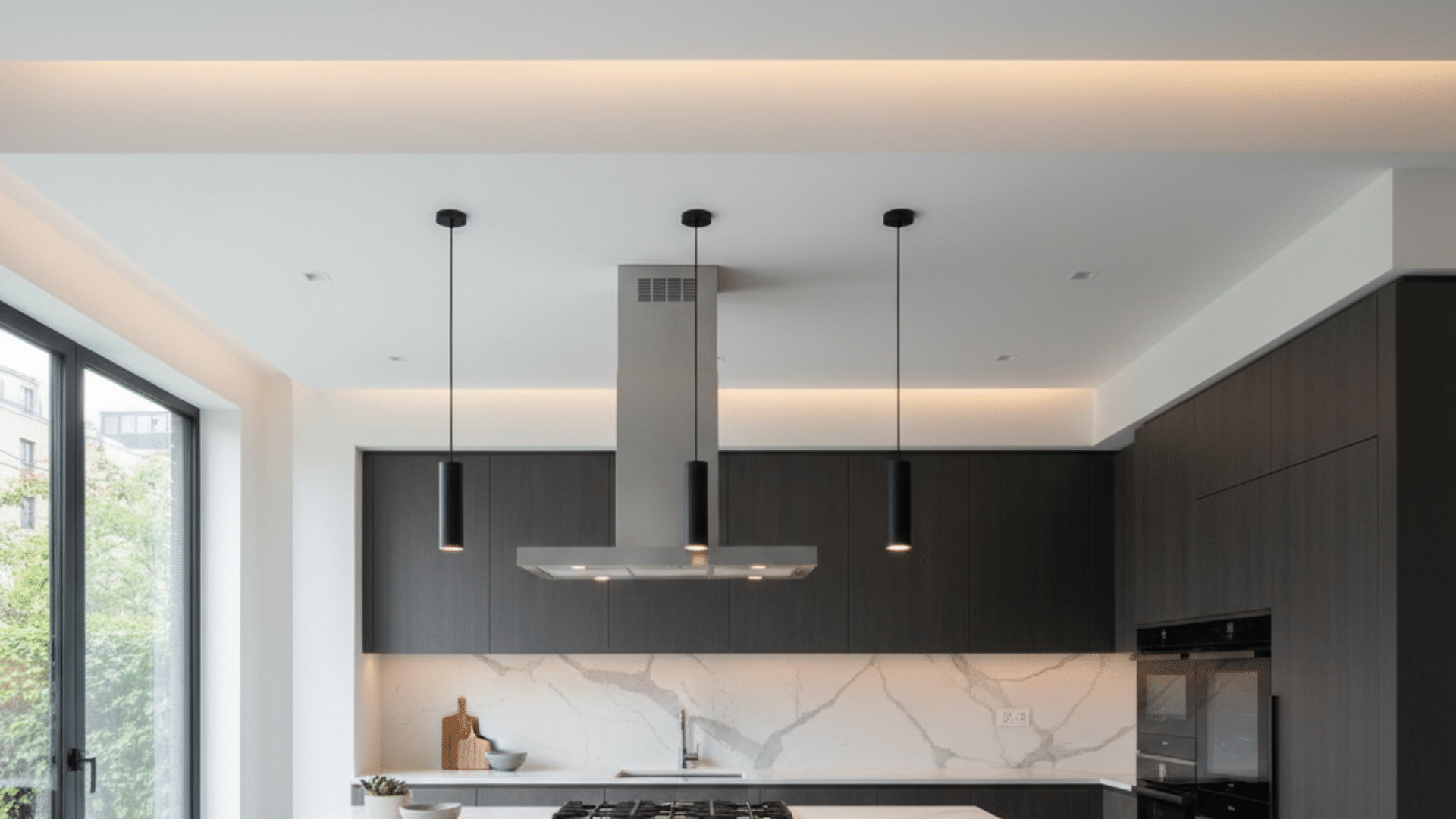
If you plan to remodel, use the soffit area to hide new ductwork or vents.
This keeps the ceiling clean and avoids bulky vent covers. You’ll still have a neat, functional space with proper airflow.
10. Add a Built-In Wine or Spice Rack
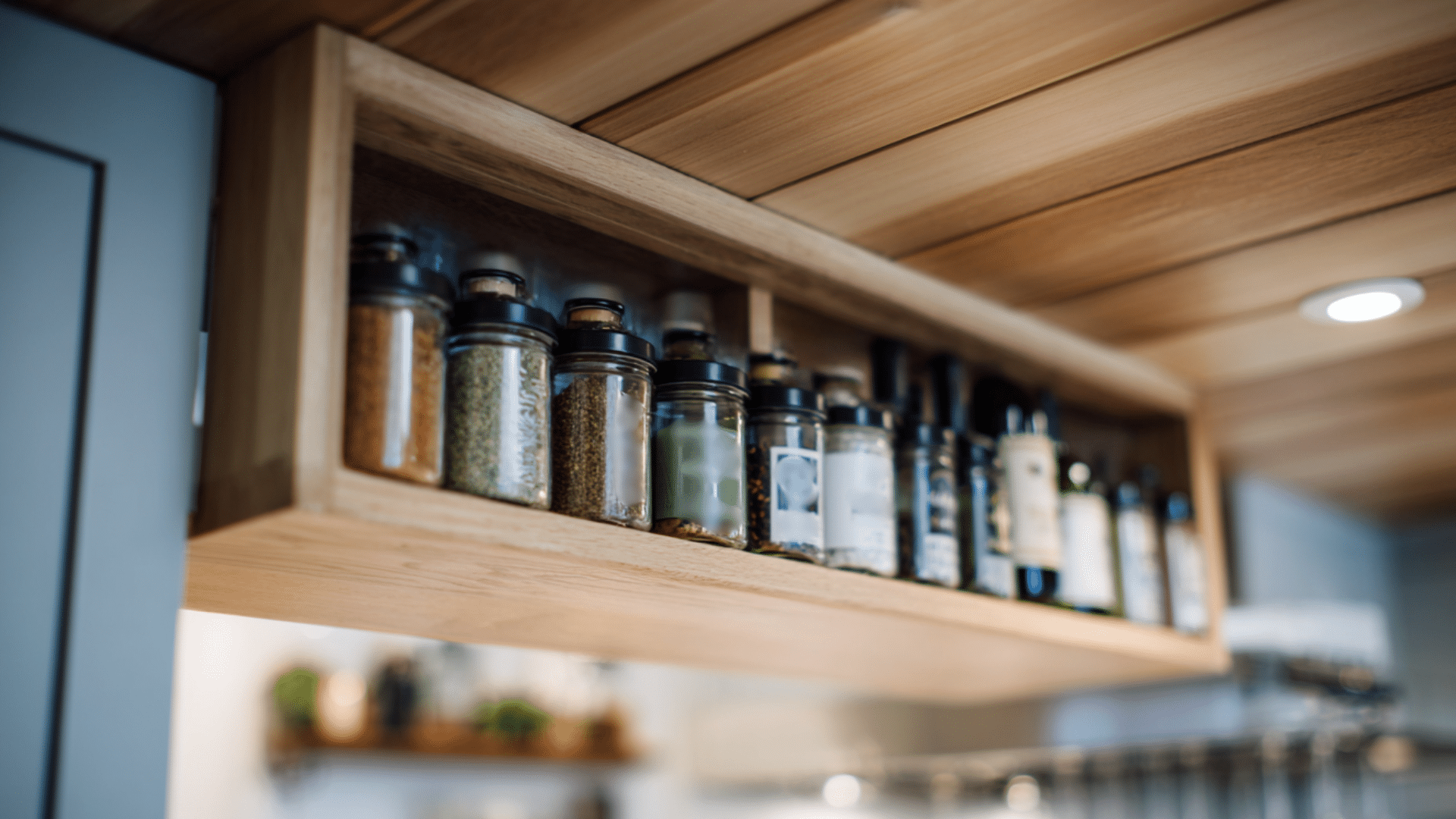
Turn a partial soffit into storage for small items. A built-in wine or spice rack can turn a dull section into a useful feature. It’s compact, stylish, and keeps frequently used items within easy reach.
11. Highlight with Contrasting Paint or Trim
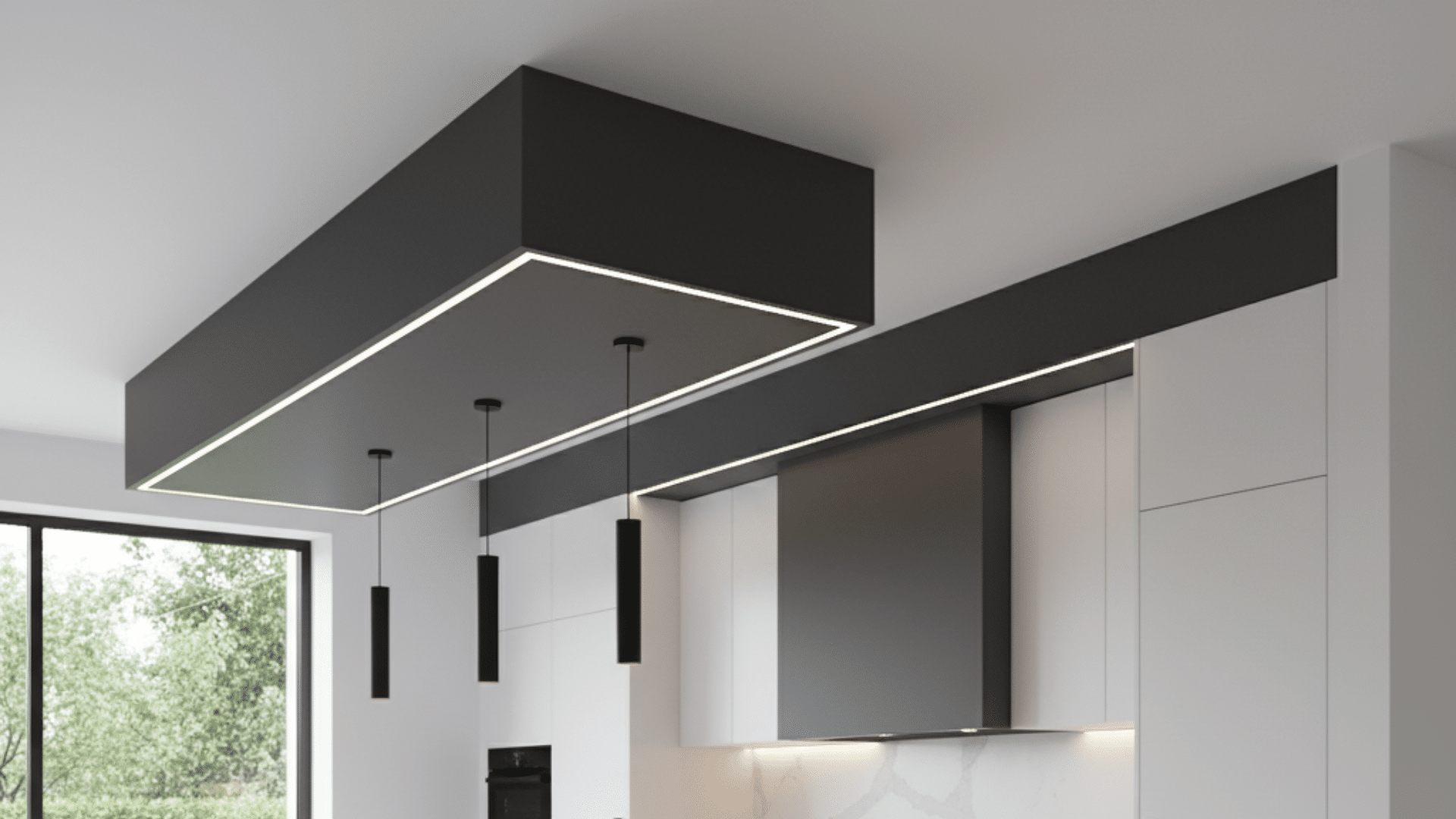
Instead of hiding it, make your soffit a statement. Use a contrasting paint color or bold trim to define its edges.
This works well in modern kitchens where you want to add depth and visual balance.
When You Shouldn’t Remove a Kitchen Soffit
- When the soffit hides plumbing, electrical, or ductwork, rerouting them is costly.
- If removing it affects the ceiling structure or cabinet alignment.
- When you’re on a tight renovation budget.
- If the ceiling height varies or requires the soffit for a level finish.
- When a simple update, like paint or molding, can refresh the look.
Conclusion
Deciding what to do with your kitchen soffit depends on its contents and your goals. Some hide wiring or vents; others are empty and take up space.
If it’s safe to remove, you can open up the kitchen and gain extra storage or a cleaner design.
However, if removing it seems costly or complex, a few smart updates, such as paint, molding, or lighting, can make it look intentional and stylish.
The key is to plan before and get professional advice.

